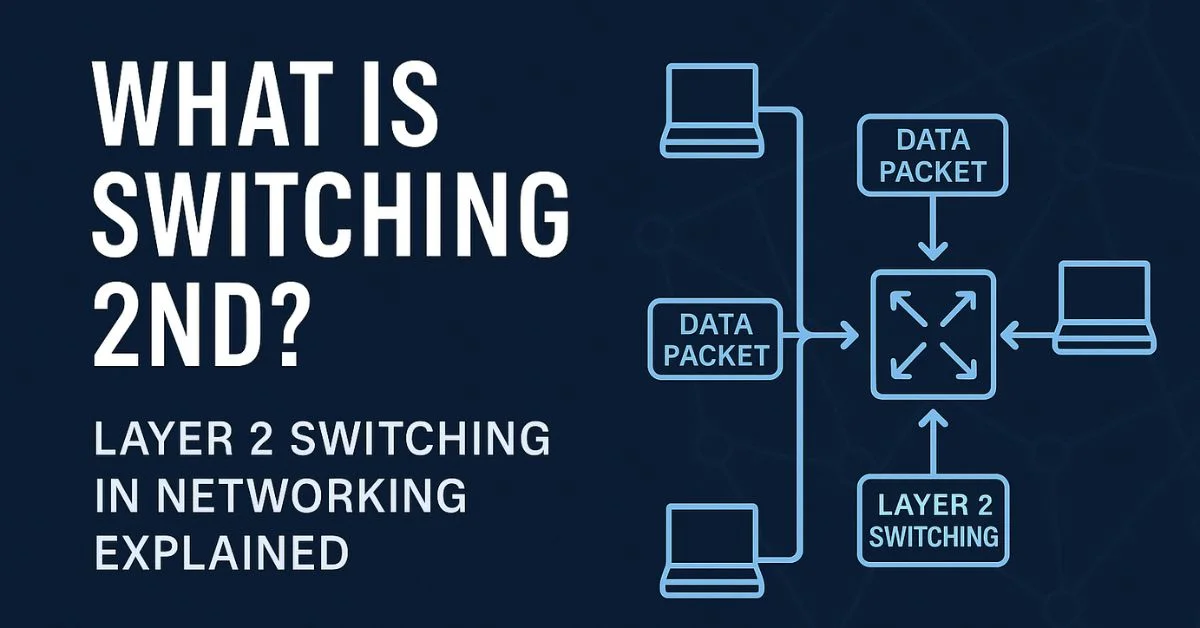Now Reading: Switching 2nd: How Perspective Shifts Transform Communication and Storytelling
-
01
Switching 2nd: How Perspective Shifts Transform Communication and Storytelling
Switching 2nd: How Perspective Shifts Transform Communication and Storytelling

Introduction
Switching 2nd is the art of shifting perspectives in communication—and it’s far more powerful than it first appears. Imagine being able to step into another person’s viewpoint mid-conversation—not just guessing what they feel, but expressing thoughts as if they were your own. That’s switching 2nd.
It’s subtle but transformative. Whether you’re connecting with people, crafting stories, or delivering a message that truly lands, mastering this perspective shift makes your words resonate more deeply.
You’ve probably done it unconsciously. For instance, when you tell a friend, “You’ll get through this,” instead of “I think you’ll get through this,” you move the focus from yourself to them. That simple change builds empathy and understanding. Switching 2nd creates an emotional bridge—helping you communicate with more impact.
What Is Switching 2nd and Why It Matters
Switching 2nd means changing your perspective while communicating. It doesn’t replace your own voice—it expands it to include someone else’s experience.
A Simple Way to Visualize It
Picture a camera:
- In first person, you see through your own eyes.
- In third person, you observe from a distance.
- In switching 2nd, you borrow someone else’s lens.
You view the world through their frame—and that change transforms both your message and your connection.
The Power of Perspective in Everyday Communication
Conversations that lack perspective often feel surface-level. But when you integrate switching 2nd, people feel genuinely heard and understood. You’re no longer talking to them—you’re talking as if you are them. That creates instant rapport and emotional depth.
The Psychology Behind Switching 2nd
Why Our Brains Respond to Perspective Shifts
Human brains are wired for empathy. When someone communicates from our viewpoint, it activates emotional processing centers, fostering trust and reducing defensiveness. Switching 2nd taps directly into this neural pathway for connection.
Cognitive Flexibility and Emotional Intelligence
Practicing switching 2nd enhances your own thinking. It sharpens cognitive flexibility—your ability to adapt to different perspectives—and builds emotional intelligence, allowing you to understand motives, emotions, and unspoken needs more easily.
How Switching 2nd Shows Up in Real Life
- Personal Conversations: Saying, “You deserve better,” empowers more than “I think you deserve better.”
- At Work: A leader who says, “You’ll handle this project brilliantly,” inspires more confidence than, “I believe you’ll do fine.”
- In Writing: Authors often draw readers in with, “You know that feeling when…” instantly making the story relatable.
Switching 2nd in Storytelling and Media
Why Stories Without Perspective Feel Flat
A narrative told from only one viewpoint can feel one-dimensional. By weaving in switching 2nd, writers make the audience feel part of the story:
“You stand at the edge of the cliff, wind rushing past your ears…”
This instantly immerses the reader.
How Influencers Use Switching 2nd
Scroll through social media and you’ll see creators using you-focused language:
- “You’re going to love this recipe.”
- “You know how it feels when…”
This isn’t coincidence—it’s a deliberate strategy to make content personal and emotionally engaging.
Techniques to Master Switching 2nd
- Start with Active Listening
You can’t switch perspectives if you’re not truly listening. Focus on understanding, not just responding. - Use Empathy-Based Language
Phrases like “You must be feeling…” or “You might notice…” reflect someone else’s experience authentically. - Practice Through Writing
Rewrite short paragraphs from another person’s perspective. This exercise trains your mind to shift viewpoints naturally.
Mistakes to Avoid
- Overdoing It: Too much perspective shifting can feel manipulative or insincere.
- Losing Authenticity: Remember, this isn’t about performance—it’s about genuine connection. Keep your intentions honest and grounded.
Switching 2nd in Business and Marketing
Companies that master switching 2nd don’t just sell products—they sell experiences.
Instead of saying, “We created the fastest app,” say, “You’ll get things done faster than ever.”
This simple shift places the customer at the center, making your message instantly more persuasive.
Advanced Strategies for Switching 2nd
- Blend Perspectives: Combine first, second, and third person smoothly for richer communication.
- Anchor Emotions: Switch perspectives during emotionally charged moments for maximum impact.
- Mirror Your Audience: Match their tone, pace, and energy to build instant trust.
Case Studies and Real-World Examples
- Public Speaking: Tony Robbins speaks directly to his audience—“You have the power to change your life.” That “you” focus keeps listeners engaged.
- Therapy: Counselors use switching 2nd to help clients visualize feelings: “You might notice your shoulders relaxing as you breathe.”
- Marketing: Nike’s “Just Do It” works because it puts you—the consumer—at the heart of the story.
Why Mastering Switching 2nd Matters Today
In a world crowded with content, switching 2nd is your differentiator. It’s the difference between words that get ignored and words that resonate. Whether you’re speaking to one person or a global audience, perspective-shifting helps you cut through the noise and truly connect.
Conclusion
Switching 2nd isn’t a gimmick—it’s a mindset. It’s about stepping beyond your own narrative to connect with others authentically. Once you learn to shift perspectives intentionally, your conversations deepen, your stories strengthen, and your influence grows effortlessly.
FAQs
1. How is Switching 2nd different from changing topics?
Switching 2nd changes perspective, not subject. You stay on the same topic but view it from another angle.
2. Can Switching 2nd strengthen relationships?
Absolutely—it shows empathy and understanding, making connections feel more genuine.
3. Is it useful for public speaking?
Yes. Audiences engage more when they feel like you’re speaking directly to them.
4. How can beginners practice it?
Start small—rewrite everyday sentences from another person’s viewpoint.
5. Does it work in writing?
It’s essential. From novels to marketing, switching 2nd helps readers feel seen, understood, and involved.









